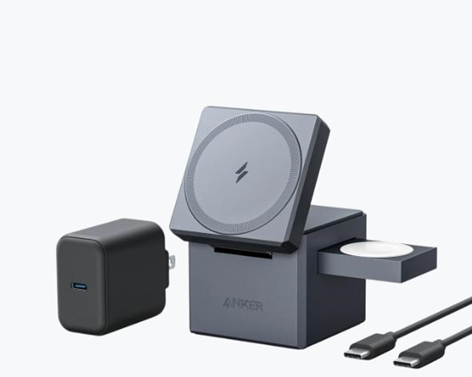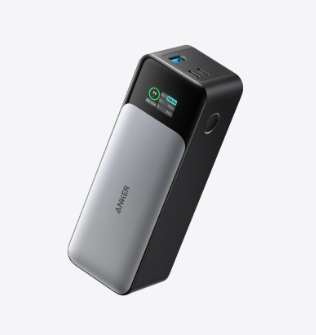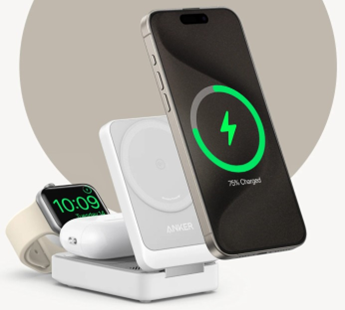Fiber interface
Fiber Interface Introduction
Classification
The fiber is different from the internal conveysable optical wave, divided into single mode (conducted long wavelength laser) and multi-mode (transmission short Wavelength laser) two types. The connection distance of the single-mode optical cable can reach 10 kilometers. The connection distance between the multimode optical cable is much shorter. It is 300 meters or 500 meters (mainly looking at the laser light, there is usually two kinds, one is 62.5 One is 50).
Fiber is different from the connectors of the cable, divided into SC interface and LC interface. The SC interface is 1GB interface, (sc = smart card) The LC interface is 2GB interface, (LC = Lucent Connector).
Judging the light port list, multi-mode
1. through the center wavelength of the label. The center wavelength is 850 nm is multimode, 1310 nm or 1550 nm is single mode.
2. Activate the transmitting terminal of the optical port, quickly check if there is red light, if it is a multi-plot, otherwise it is a single mode.
Fiber classification
single mode fiber and multimode fiber. The core fiber diameter of the single mode fiber is smaller than the multimode fiber.
The central high refractive index of multimode fiber has two types: 62.5 μm and 50 μm.
The central high refractive index of single-mode fiber has three types: 8 μm, 9 μm and 10 μm.
Under the same conditions, the smaller the cell, the smaller the attenuation, the farther the transmission distance.
Power range
Multi-mode transmit power is smaller than the single-mode, directly related to the model of GBIC or SFP, generally between -9.5dBm to -4dBm; single mode light The range of the mouth is generally around 0dBM, and some super long range interface will be as high as + 5dBm.
The range of receiving power
The multi-switched power is typically between -20dBm to 0 dBm; single mode is between -23 dBm to 0 dBm.
Maximum acceptable power is called overload optical power, minimal receptionable power is called reception sensitivity.
Engineering requires normal working receiving optical power less than the overloaded optical power 3-5dBm, greater than the receiving sensitivity 3-5dBm. Generally speaking regardless of the single-mode interface or a multimode interface, the actual received power is more reasonable between -5 to -15dBm.
module
generally support hot swappable
GBIC GIGA BITRATE INTERFER CONVERTER, the fiber interface used is more SC or ST type
SFP Small Package GBIC, the fiber used is LC.
Type
singlemode: SM, long-distance single-mode wavelength 1310 LH wavelength 1310,1550
Multimode: MM wavelength 850 1300
< P> SX / LH representation can use a multimode or single-mode fiberconnector
"/" front part to indicate the connector type
"" " The SC "connector is a standard square joint, using engineering plastic, high temperature resistance, is not easy to oxidize. The transmission device side light interface generally uses the SC connector
"LC" connector similar to the SC connector shape, and is smaller than the SC connector. The "FC" connector is a metal joint, typically used on the ODF side, and the pluggable number of metal joints is much more than plastic. In the label representing the tail joint, we can often see "FC / PC", "SC / PC", etc.Connector
FC circular belt thread (Up to the maximum of the wiring frame) SC small square head, direct connection device SFP module
ST card connection Round type
PC microsphere grinding polishing
APC is 8 degrees angle and microsphere grinding polishing
SC card connection square (router switch Up to most)
MT-RJ square, one double-fiber transceiver (useful on 8850)
Fiber Channel foundation
according to ANSI (US) The Standard Association) provides that the Fiber Channel is used as some upper-level protocol (ULP-specific transmission channel, you should support IP, SCSI, HIPPI, and other high-level protocols. Fiber Channel is not only significantly in terms of speed, distance and cost, not only in terms of speed, distance and cost. Moreover, you only need to add a Fiber Channel Adapter (HBA) to use an existing operating system and a lot of software.
FC-0 (physical interface, physical interface) is the bottom layer of the FC protocol. Physical layer definition different physical media, transmission distance, the standard signaling mechanisms, but also in addition to the FC-0 defines the definition fiber coaxial and twisted pair transmission media can be used as the basic object of the present layer is to send and receive binary (0,1) signal. The speed of data transmission, refers to the speed of the valid data transmitted. There are currently 400MB / s, 200MB / s, 100MB / s. If additional data such as frame headers, encoding, the rate is 4Gb / s, 2Gb / s, 1GB / s. The TRANNSMISSION Protocol, Code layer) is a reinforcing layer for Fc-. Layer, using the underlying function to implement byte or transmission word transmission and reception. Defining the code decoding special characters of the basic transmission signal and Character-level error control, use 8B / 1 OB code. The Signaling Protocol, Agreement layer defines the standard, primitives, and transfer words of coding and decoding. The function is to send and receive frames, frame sequences, frame exchange. And packets, etc., that is, the function of the FC-1 layer is used to transmit a string of data at a time. Provide some rules and mechanisms for transferring information units between terminals. The function of the Fc-2 layer includes several service types, frames Definition of format, sequence dispensing, restructuring, exchange management, address assignment, aliaher address definition, multicast management, etc. A node is only one FC-3 layer, provided for the upper layer of the node Public services, these services are implemented using FC-2 layers. As shown in the hierarchical map of the FC protocol stack. FC-4 is the protocol mapping layer, defined between FC and ULP layers. Interface. If the upper layer application layer is the SCSI protocol, the FC-4 layer protocol is the FCP protocol.
The topology of the Fiber Channel
FC protocol defines three topologies.
(1) point to the point top, two devices are directly connected, here is generally a storage device and a server; the advantage is that the cost is low, the performance is high; the disadvantage is that only two devices, topology limited. If you have a point to the point topology.
(2) Ring Topology (Arbitrated Loop, can connect up to 127 devices through one or more FC hubs. The advantage is to support more devices; the disadvantage is to limit the transmission rate of the data. Such as ring Topological map shows.
(3) Fiber Exchange Network Topology (Fabric, server and large number storage devices are interconnected by multiple FC switches, so you can support up to 1,600 due to 24-bit addressing methods. Wan Taiwan equipment; the advantage is to support multiple devices while maintaining system performance; the disadvantage is that the cost of each port is improved. For example, the Fabric topology map is shown.
Fiber Channel port type
FC networks are generally composed of three elements: initiating devices, devices, and interconnect devices. All of them use ports (port) as a network connection, port is the foundation module of the network. Fc port is also divided For NX Port, N Port, NL Port, L Port, Fl Port, F Port, FX Port, E Port, and B Port. Diagram shown in the figure. Note: N port = device directly connected to Fabric; NL Port = Arbitration ring connected to the device; F port = Fabric port; FL port = port on the Fabric arbitrary ring; EC EXPANSION port 1 for extending the port of the network ((FC switch is connected to the FC switch); g (generic) Port = universal port, can be used as an F port or e-port.
Latest: enterprise brand
Next: Super perfect girlfriend








